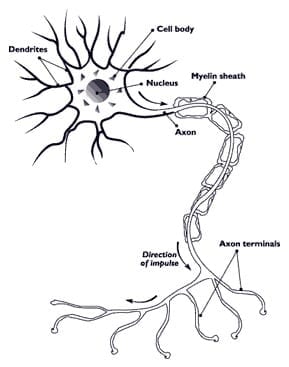It might be a candidate for human clinical trials
Mayo Clinic researchers have successfully used smaller, folded DNA molecules to stimulate regeneration and repair of nerve coatings in mice that mimic multiple sclerosis (MS). They say the finding, published June 28 in the journal PLoS ONE, suggests new possible therapies for MS patients.
“The problem has been to find a way to encourage the nervous system to regenerate its own myelin (the coating on the nerves) so nerve cells can recover from an MS attack,” says L. James Maher III, Ph.D., Mayo Clinic biochemist and senior author on the paper. “We show here that these small molecules, called aptamers, can stimulate repair in the mice we are studying.”
More than 200,000 people have multiple sclerosis. There is no cure and no effective therapy to stop progression or repair damage to the myelin sheath that surrounds and protects the nerves. Without that protection, nerve fibers will be damaged, leading to declining mobility and cognitive function, and other debilitating complications.
via Science Daily
The Latest Streaming News: Reverse Multiple Sclerosis updated minute-by-minute








